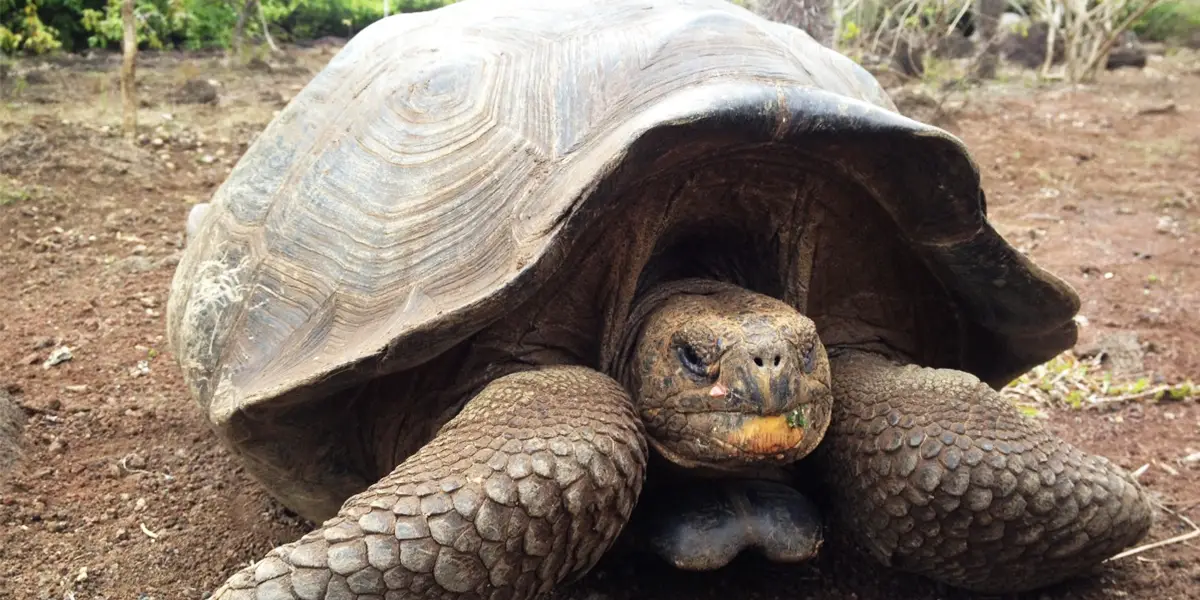Baby Tortoises Are Finally Thriving on Galapagos Island, First Time in 100 Years

By Mandy Froelich / Truth Theory
If recent events have lulled your spirits, this news ought to cheer you up. For the first time in 100 years, baby tortoises are multiplying on the Galapagos island of Pinzón.
As The Dodo reports, the tortoises are considered to be one of the most endangered animals of the Galapagos. But research published in 2014 suggests there are now more than 500 tortoises living on the island.
Researcher James Gibbs was the first to see the hatchlings during a December trip. He said, “I’m amazed that the tortoises gave us the opportunity to make up for our mistakes after so long.”
During the mid-18th century, a crew of sailors became the first humans to step foot on Pinzón Island. Though it was unintentional, they triggered an environmental catastrophe that has taken generations to remedy. The Dodo reports that rats from the ship wreaked havoc on the fragile ecosystem, looting eggs and feasting on the island’s hatchlings. Until then, the island’s tortoises had few natural predators.
Over the next few decades, not a single tortoise offspring survived the invasion of rats. The species was on the path to extinction when human researchers took notice of the Galapagos tortoises’ dwindling population.
By the 1960s, only 100 tortoises remained on the island. Conservationists launched their first effort to help the species. The few unhatched eggs that remained were collected and incubated on another island. There, they were hatched and raised for five years. When they were large enough to not be attacked by rats, they were released back on Pinzón.
Unfortunately, the rodent problem remained to be a persistent issue. That’s why in 2012, biologists used helicopters to distribute rat poison designed to only attract rats. The operation was the first-of-its-kind, but it worked. The island is now officially rat-free.
According to Gibbs, a survey was conducted in December to see if the conservation efforts were working. When he visited Pinzón, 10 new hatchlings were discovered. “This is the first time they’ve bred in the wild in more than a century,” said Gibbs. “Given projection probabilities, I’m sure there were a hundred times more hatchlings out there.”
During their trip, the team spotted 300 tortoises. Based on this data, the researchers theorize that there are now more than 500 tortoises living on the island.
What are your thoughts? Please comment below and share this news!
Leave Comment: